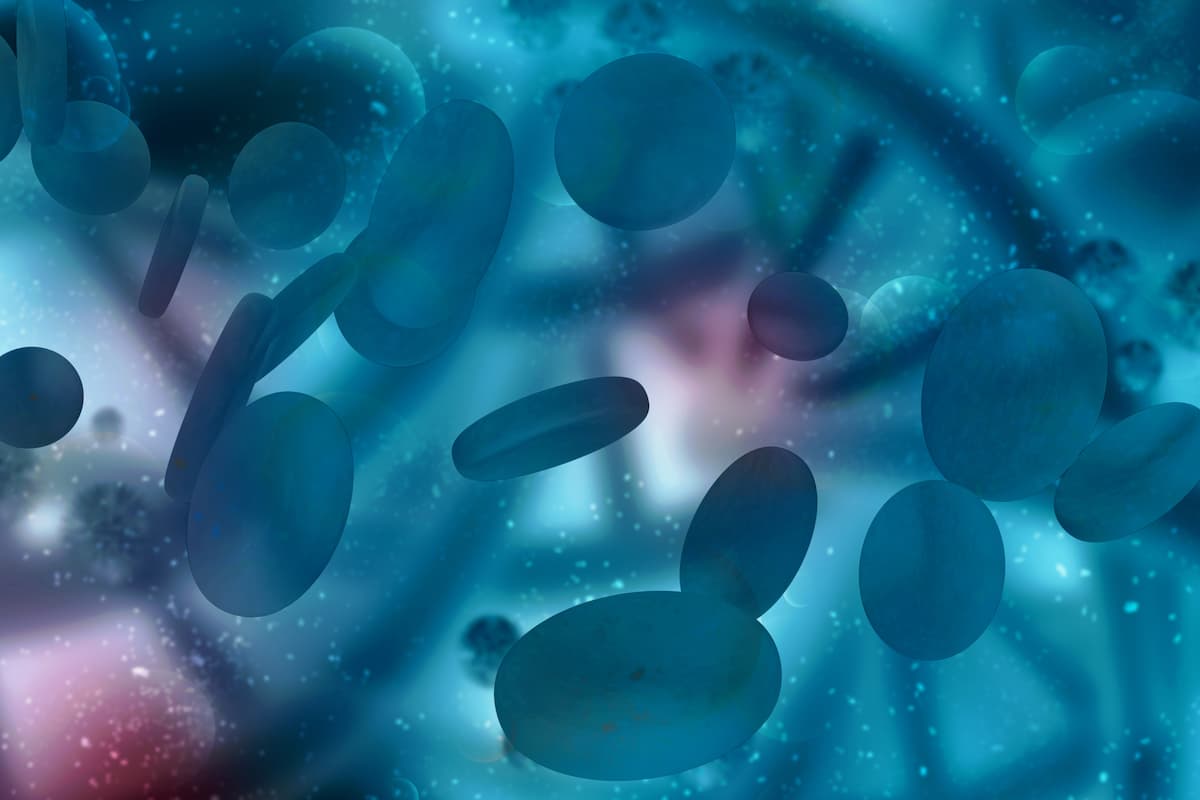Sociodemographic Disparities in Auto-HCT Exist for Black Myeloma Population
Despite increased education on autologous HCT, a lower rate of Black patients with multiple myeloma undergo treatment.
"It’s important that we remain aware that these disparities exist in our state and our health care system, since they do affect clinical outcomes for patients," according to lead study author Naseem Esteghamat, MD, MS.

Black/African American patients with multiple myeloma were less likely to undergo autologous hematopoietic stem cell transplant (HCT) compared with their White counterparts despite having a higher risk of developing this malignancy vs other demographics, according to results of a single-institution study published in Clinical Lymphoma, Myeloma, & Leukemia.1
The frequency of patients with multiple myeloma who underwent autologous HCT increased from 5.7% in 1991 to 1995 to 27.4% from 2011 to 2016. In the 2011 to 2016 range, Black/African American patients with multiple myeloma were less likely to receive autologous HCT compared with non-Hispanic White patients (HR, 0.83; 95% CI, 0.72-0.95). Additionally, in a range between 1991 and 1995, Hispanic patients were less likely to undergo autologous HCT (HR, 0.58; 95% CI, 0.37-0.90) compared with the 2011 to 2016 era (HR, 1.07; 95% CI, 0.96-1.19).
“It’s important that we remain aware that these disparities exist in our state and our health care system, since they do affect clinical outcomes for patients,” lead study author Naseem Esteghamat, MD, MS, an assistant professor of malignant hematology, cellular therapy, and transplantation at UC Davis Health Medical Center, stated in a press release.2 “Now, we want to move beyond recognizing that such disparities exist and address barriers to [patients with] cancer receiving care.”
Previously, population-based studies have not given a comprehensive review of the utilization of autologous HCT or the link between sociodemographic factors and transplant trends over time. Moreover, investigators wanted to determine whether the disparities in treatment rates persisted even with increased education about transplant efficacy.
“Stem cell transplantation is associated with slowed disease progression and low treatment-related death rates,” the press release noted.2 “It’s also linked to better overall survival rates in comparison with other myeloma treatments.”
Data were analyzed from the California Cancer Registry (CCR), Center for International Blood and Marrow Transplant Research, and hospitalizations in a population-based cohort (n = 29,109) between 1991 and 2016. The CCR provided information on race, ethnicity, insurance status, and neighborhood socioeconomic status, which is an aggregate of education, employment status, poverty, and other measurements.
Overall, 18.9% of the patients diagnosed with multiple myeloma between 1991 and 2016 received autologous HCT, and the rate of Black/African American patients undergoing this type of therapy was 15.8%.
Additional data showed that patients from 2011 to 2016 who were using Medicaid, Medicare, or no insurance in California accessed autologous HCT less often compared with patients who had other insurance options (Medicare HR, 0.70; 95% CI, 0.63-0.78; Medicaid HR, 0.81; 95% CI, 0.72-0.91; and no insurance HR, 0.56; 95% CI, 0.32-0.99).
Those who were older at diagnosis or had comorbidities were also less likely to go to transplant. Specifically, those with 1 or 2 comorbidities were less likely to have autologous HCT between 1996 and 2000 (HR, 0.74; 95% CI, 0.55-1.00). Additionally, those with 3 or more commodities had a lower likelihood of receiving this treatment from 2011 to 2016 (HR, 0.71; 95% CI, 0.56-0.92).
Factors that can contribute to lack of access for transplant include financial burdens, lack of caregiver support or transportation, physician bias, referral bias, and cultural beliefs, among others, the authors explained.
“Patients in lower socioeconomic status neighborhoods were less likely to utilize auto[logous] HCT, but differences decreased over time,” the authors noted, concluding that identifying and mitigating barriers to transplant is necessary for more equitable access to treatment.2
References
- Esteghamat NS, Brunson A, Rosenberg AS, et al. Utilization of autologous hematopoietic cell transplantation over time in multiple myeloma: a population-based study. Clin Lymph Myeloma Leuk. 2024;(4):E119-E129. doi:10.1016/j.clml.2023.12.009
- New study points to racial and social barriers that block treatment for multiple myeloma. UC Davis Health. Published April 23, 2024. Accessed May 21, 2024. https://tinyurl.com/n8fykbsf
Navigating AE Management for Cellular Therapy Across Hematologic Cancers
A panel of clinical pharmacists discussed strategies for mitigating toxicities across different multiple myeloma, lymphoma, and leukemia populations.